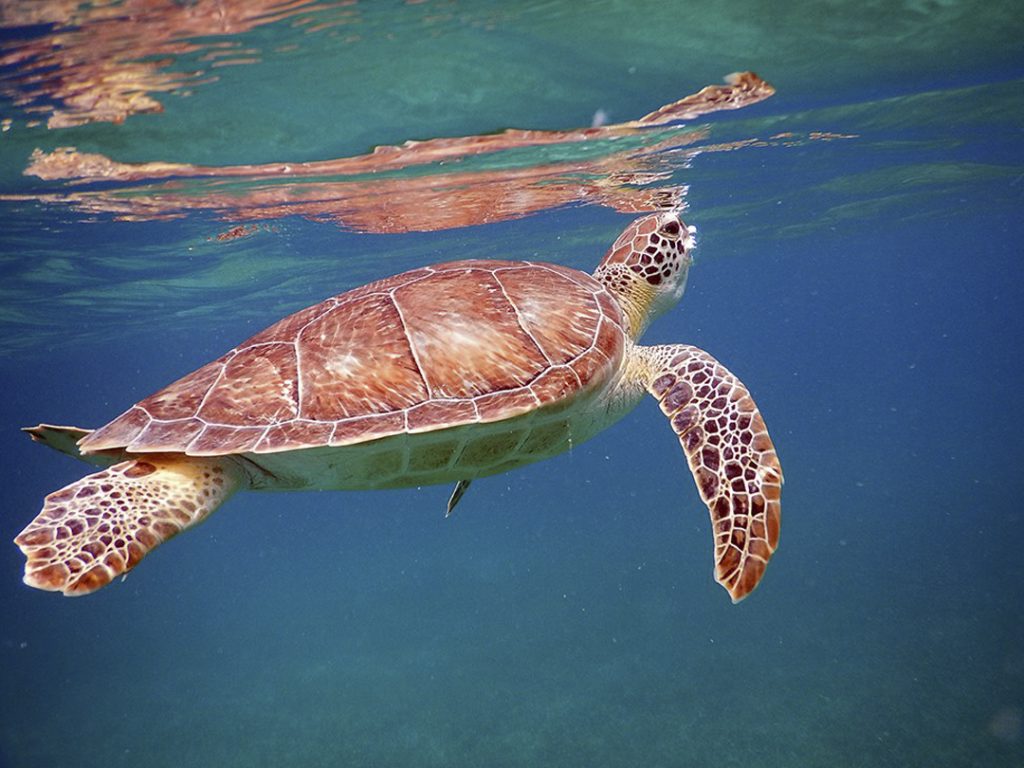AXOLOTL: MYTHICAL MEXICAN AMPHIBIAN
July 04, 2022
Native to the lakes of the Valley of Mexico
A species steeped in Mexican history, culture, and identity
From Xochimilco to the world: the Mexican axolotl. An amphibian of mythological origin, part of the Mexican culture and identity. This animal possesses extraordinary characteristics and a charming smile that steals hearts. Nevertheless, this cute creature is critically endangered. Let’s get to know axolotl a little more…
Pre-Hispanic Legend
According to the Aztec legend, the gods had to sacrifice themselves for the birth of the Fifth Sun. Xólotl, Quetzalcóatl twin, mutated into axolotl (from Nahuatl, “water monster') to get rid of the sacrifice. Turned into this creature, he threw himself into the lake of Xochimilco. Finally, he was captured and killed, giving rise to this peculiar Mexican amphibian.
Consequently, considered the incarnation of the god Xolotl, Aztecs used the axolotl as food, medicine, and an object of ritual ceremonies.

Characteristics
The Ambystoma mexicanum or axolotl is an amphibian native to the lakes of the Valley of Mexico; it currently survives in Xochimilco. This animal can regenerate its bones, muscles, internal organs, and brain. Undoubtedly, a mechanism that has always been in the crosshairs of researchers.
- It is a neotenic species; for that reason, it retains its tadpole characteristics.
- Under stress, it can perform metamorphosis and become a salamander.
- It breathes through the lungs, gills, and also skin.
- Its mouth shape simulates a permanent smile on its face.
- A specimen can weigh 60 to 220 grams and measure 15 to 30 centimeters long.
- The axolotl is carnivorous, consuming mollusks, small fish, larvae, and crustaceans. Although it has about 126 small teeth, this creature swallows its food whole.
- They can live up to 6 years in the wild and up to 15 years under human care.
- The Mexican axolotl reproduces once a year; the female lays on average 300 eggs. The young are born between 10 and 14 days later.
- In Mexico, there are 17 species, 16 endemics, and one (Ambystoma mavortium) shares distribution with the United States and Canada.
- These amphibians use their colorations to camouflage themselves. For this reason, their color can range from albino to black, depending on their habitat.
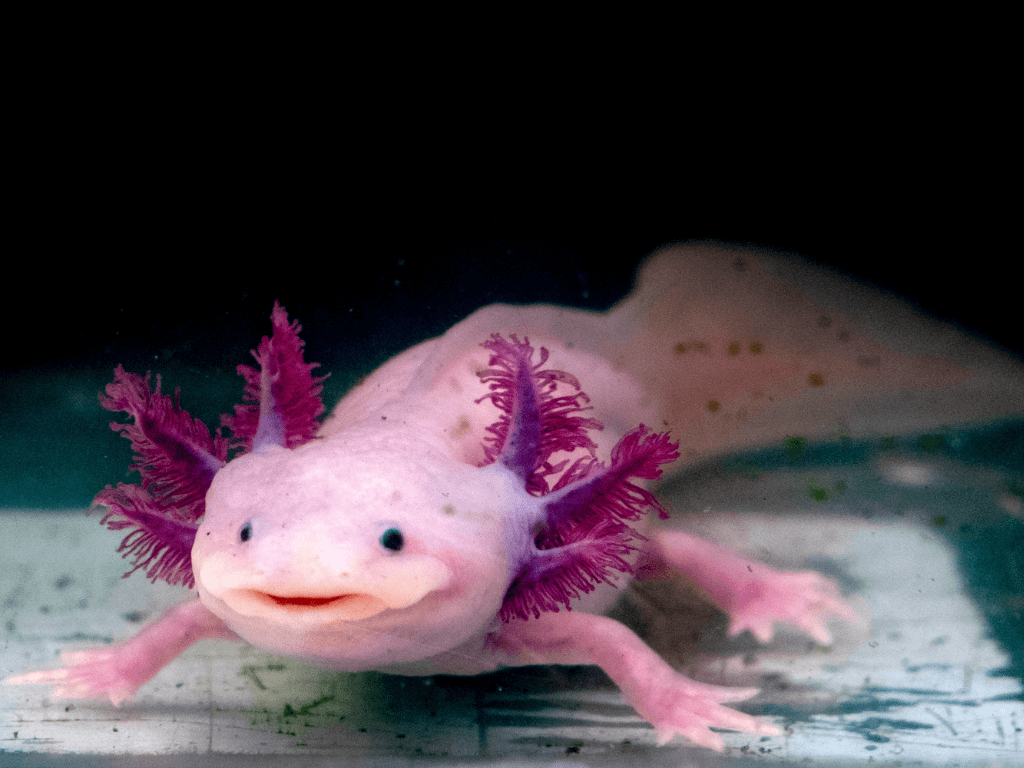
Endangered species
In 2006, the axolotl was added to the International Union for Conservation of Nature’s Red List as a critically endangered species due to:
- Illegal trade
- Water pollution
- Destruction of natural habitat
- Introduction of invasive species
- Overfishing for human consumption
In 2019, an assessment realized by the International Union for Conservation of Species found that only 50 to a thousand specimens remain in the wild. As a result, their populations are declining.
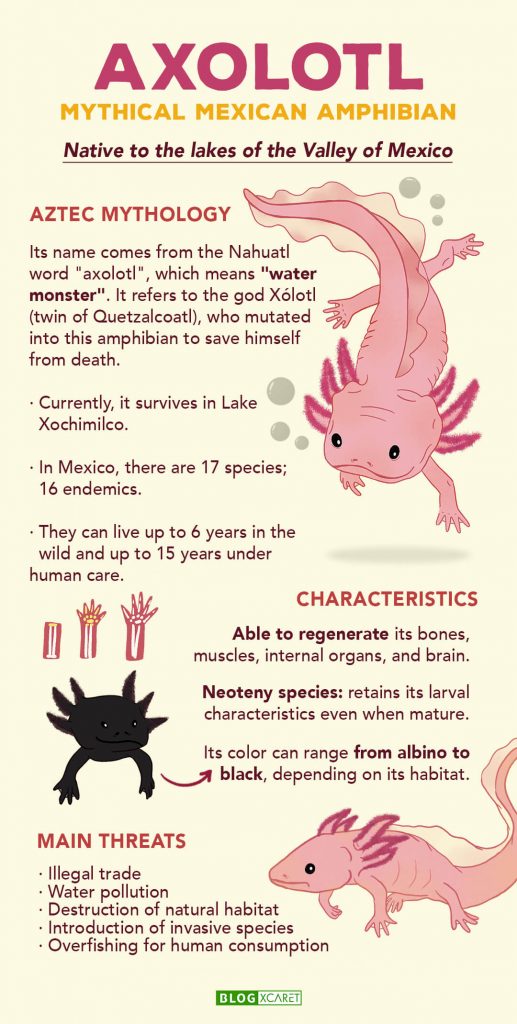
Axolotlmania
From pre-Hispanic times to the present, the axolotl has been the muse of various writers, poets, and visual artists, for example, Julio Cortázar, José Emilio Pacheco, Octavio Paz, and Diego Rivera.
The axolotl is present in Pokemon Mudkip and the brave Axi design; the main character of the video game AXOL, developed by a group of young Mexicans. It also gives life to the official emoji of Mexico City; even the name of Cervecería Monstruo de Agua got its name after this creature.
In 2018, February 1 was declared National Day of the Mexican Axolotl by the Senate of the Republic of Mexico thanks to a study in the journal Nature, which reveals the axolotl genome has 32 billion base pairs in its DNA; that is ten times more than the human genome.
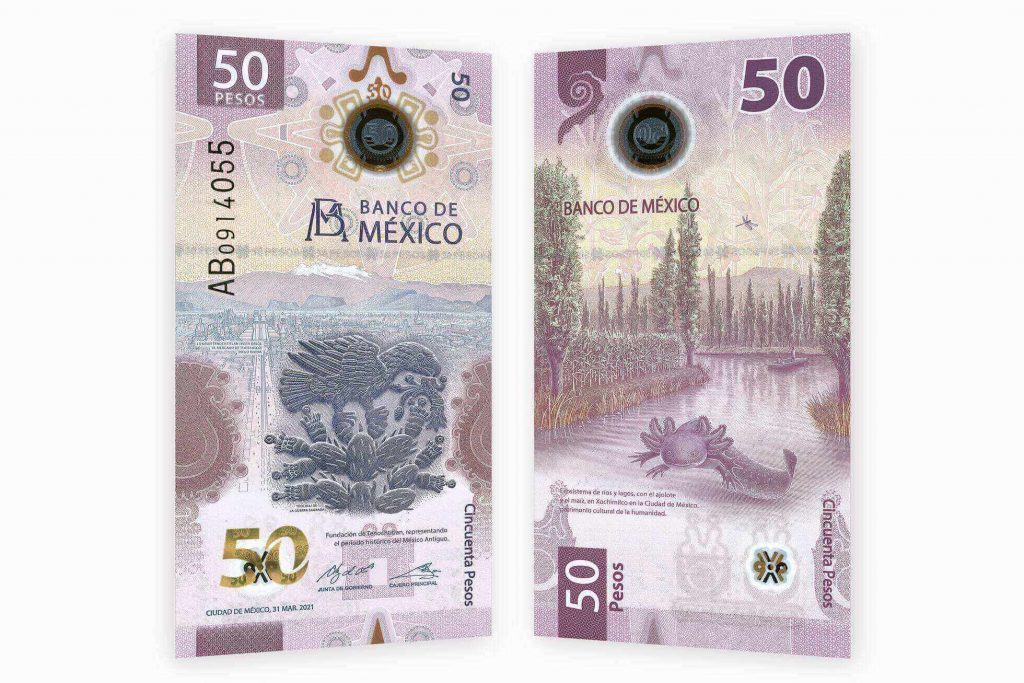
In 2021, the Bank of Mexico (Banxico) launched a 50 pesos note with the axolotl as the protagonist. Indeed, the International Bank Note Society awarded it the Bank Note of the Year 2021.
In fact, La Gorda, the axolotl of the 50 pesos banknote, lives in Axolotitlán, a museum dedicated to disseminating preservation information about the species in Mexico City.
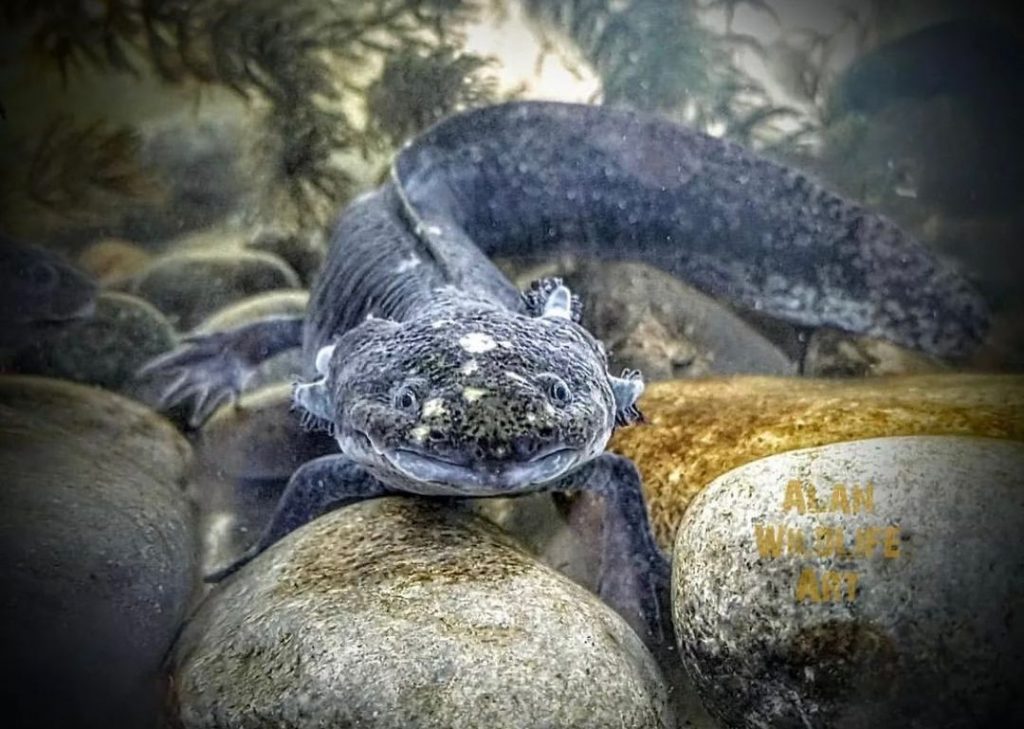
Places to visit the axolotl:
- Center of Biological and Aquaculture Investigations of Cuemanco (CIBAC), Metropolitan Autonomous University.
- Embarcadero Puente de Urrutia “Aves del Paraíso”, in Xochimilco.
- Parque Tezozómoc, located in Azcapotzalco borough.
- Casa del Axolote, in the magical town of Chignahuapan, Puebla.
Now that we have made a brief tour of the history of the axolotl. Besides, understanding its value and meaning in Mexican popular culture and knowing its unique characteristics are of great importance to science. We can only recognize that the Mexican axolotl is an incredible animal we must take care of and protect.
What impressed you most about this amphibian?


Comunicóloga, viajera ocasional, escritora por ratos, amante de los felinos y fotógrafa por hobby. A...

Posts Relacionados
Grupo Xcaret
Hotels
